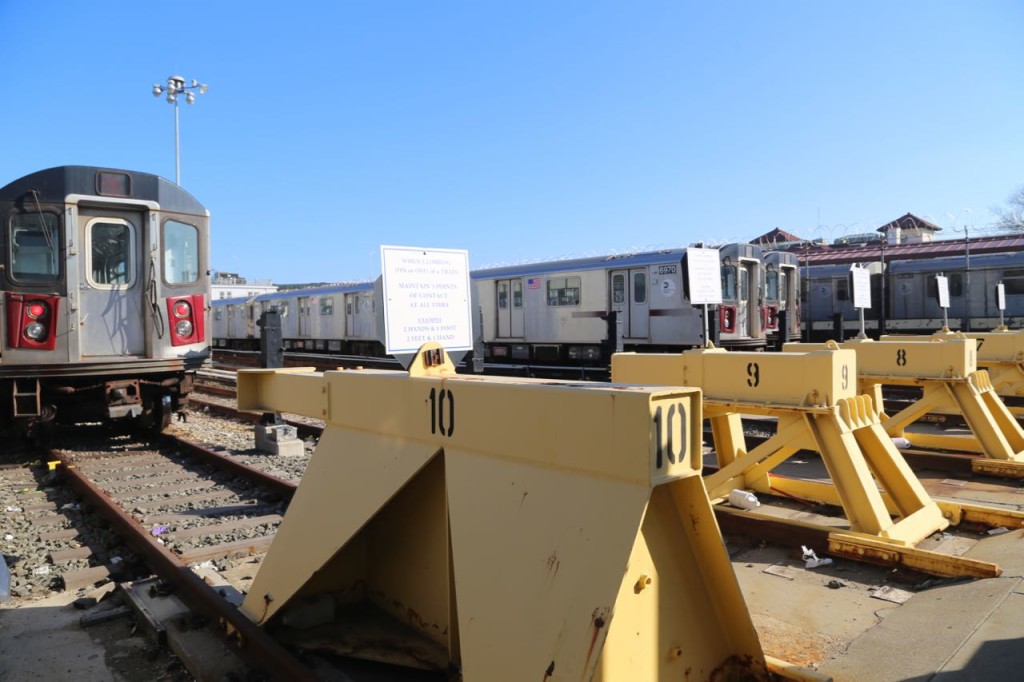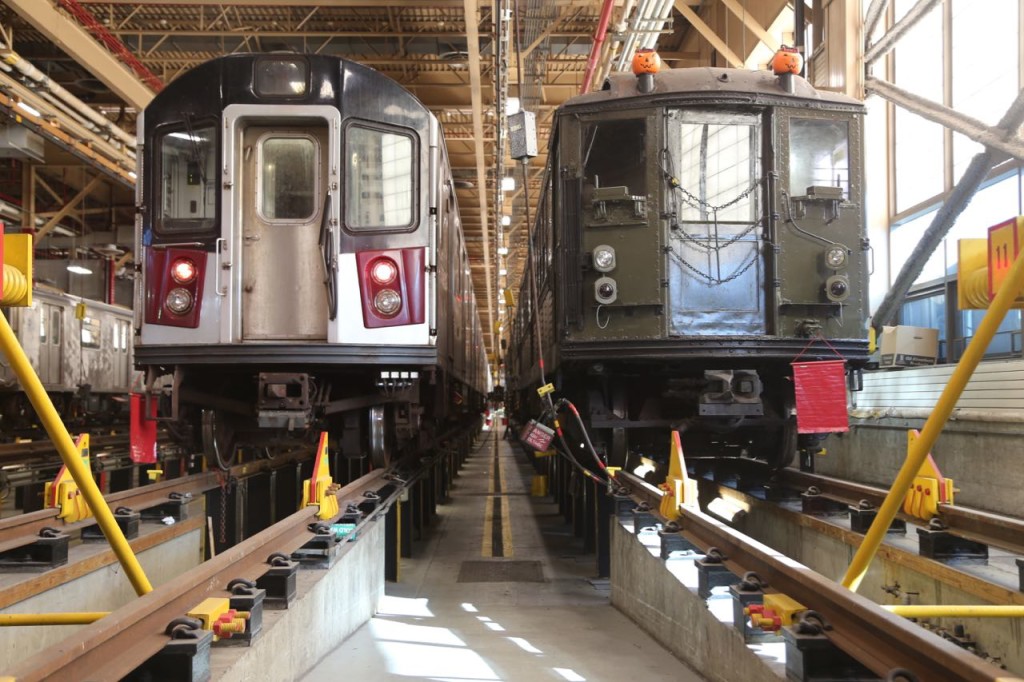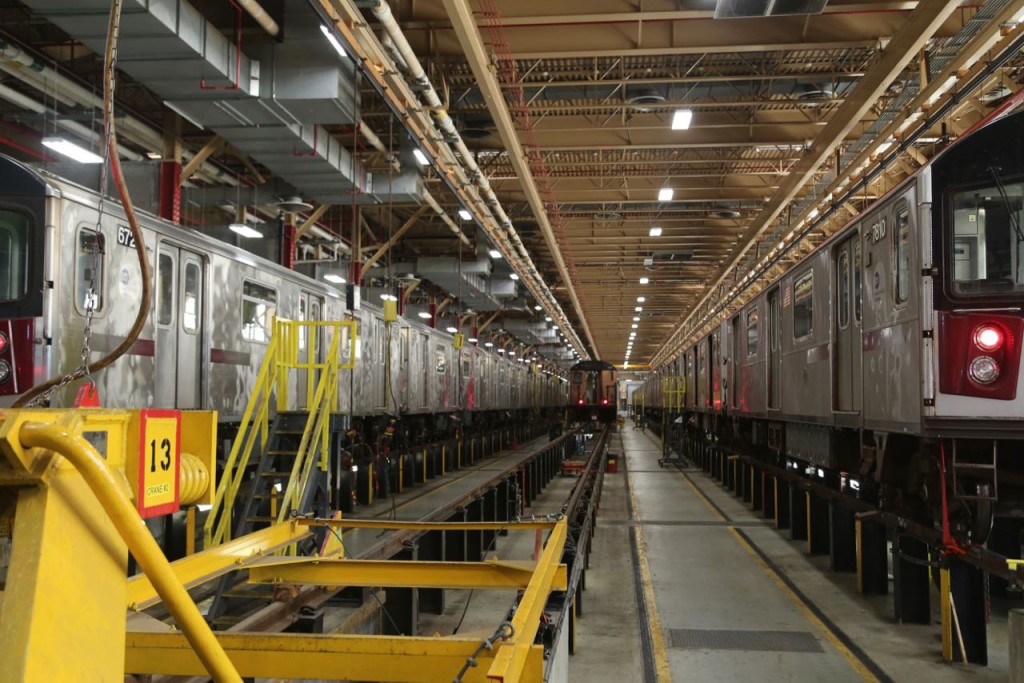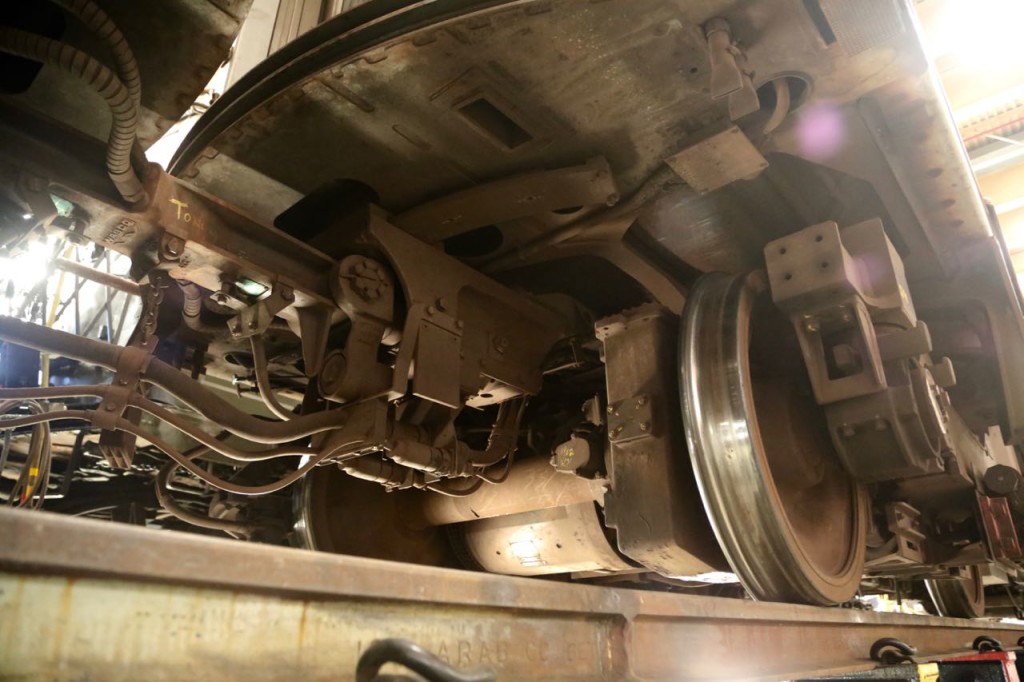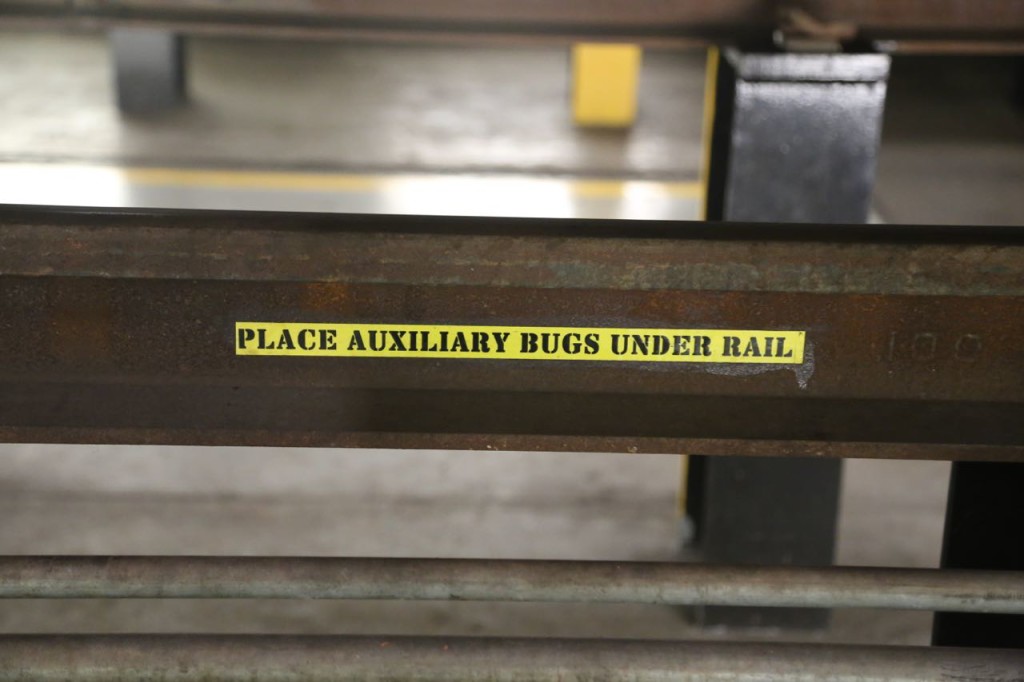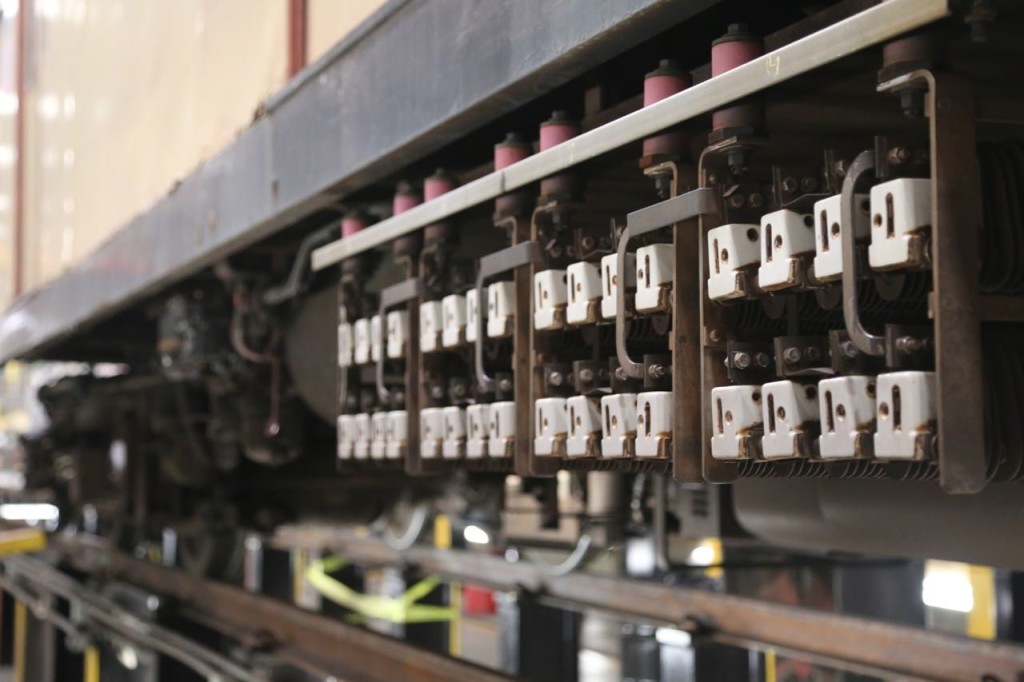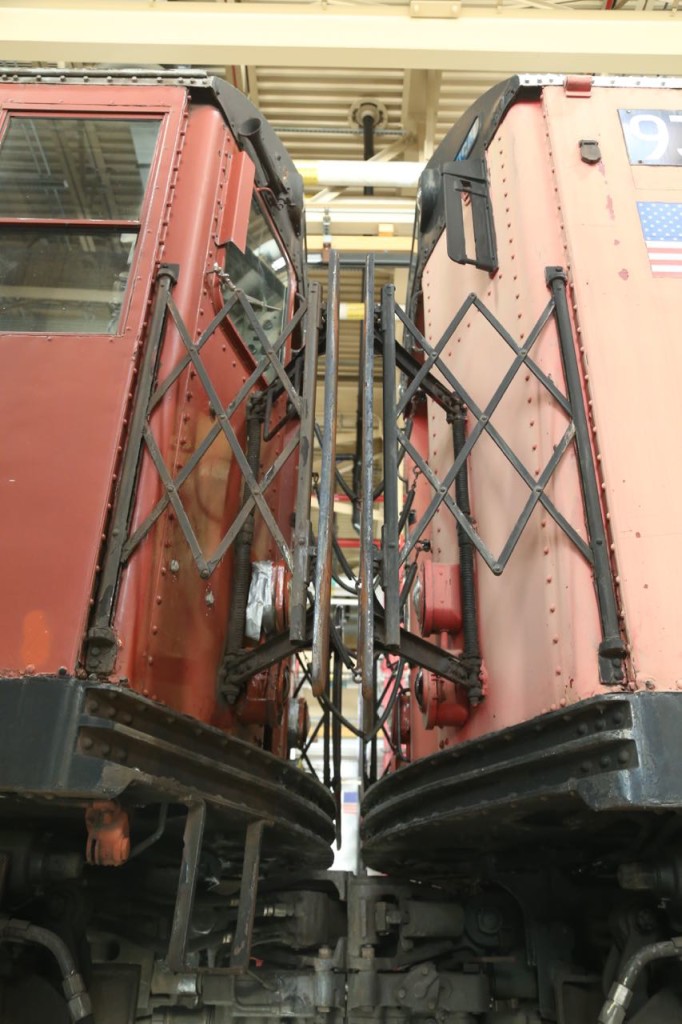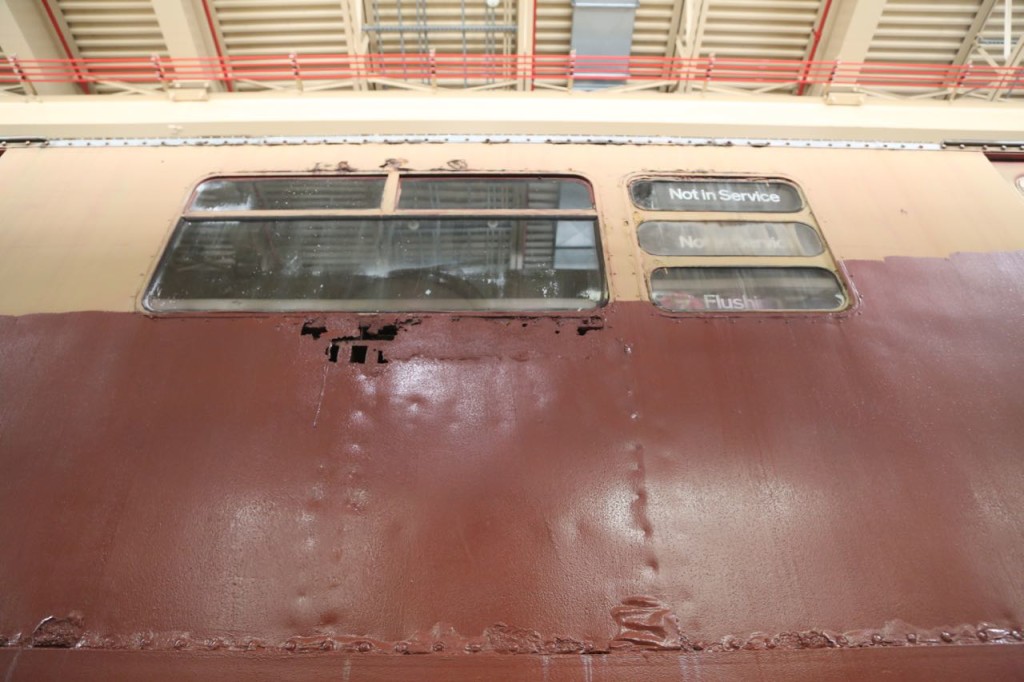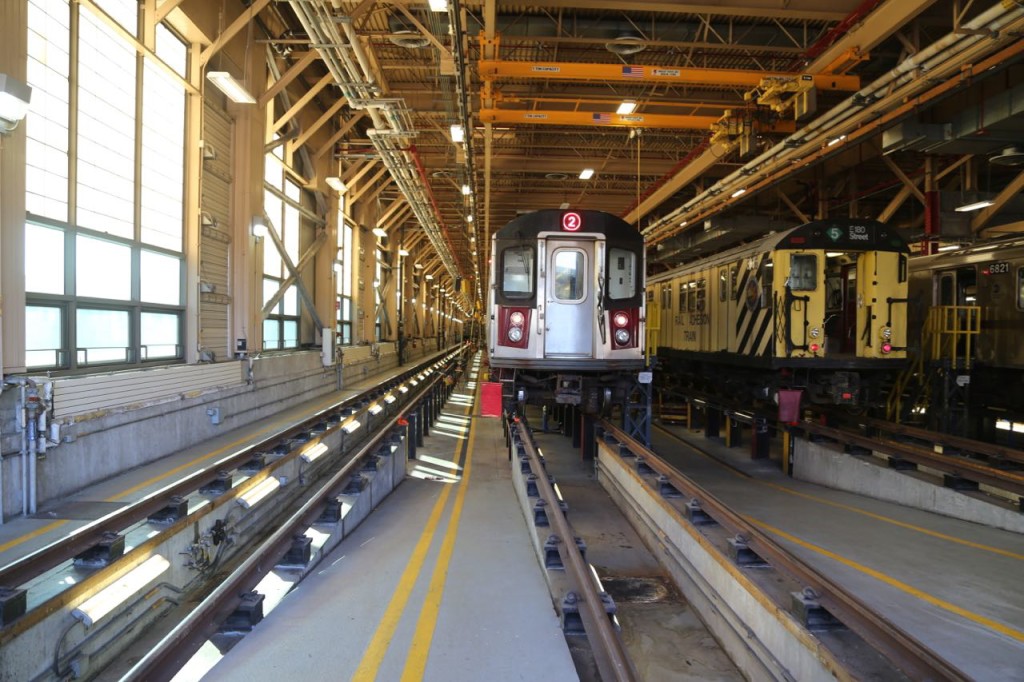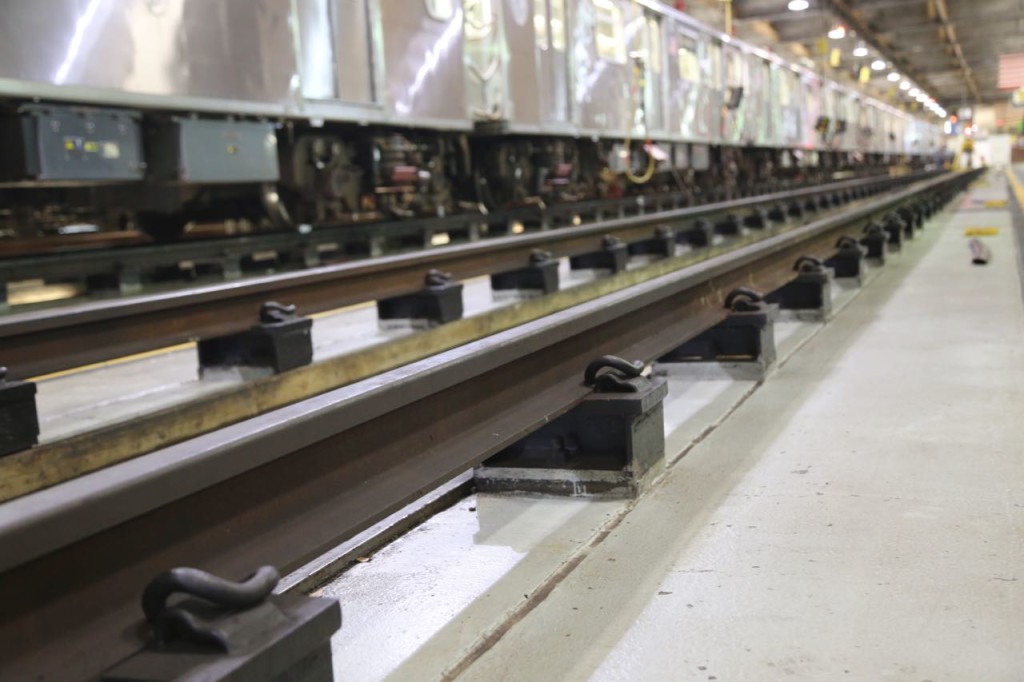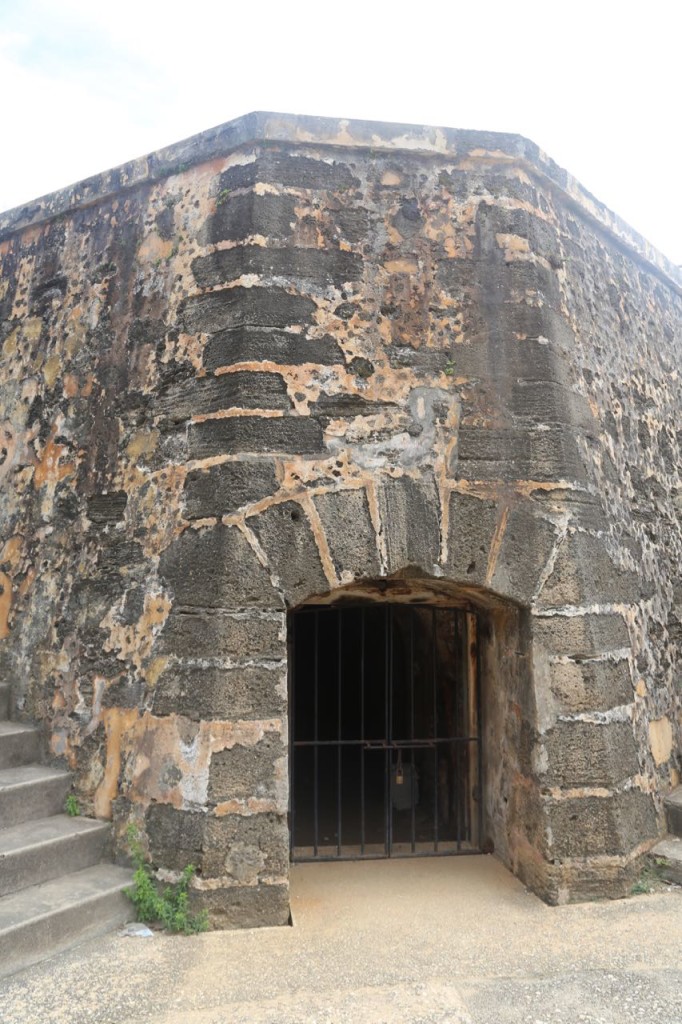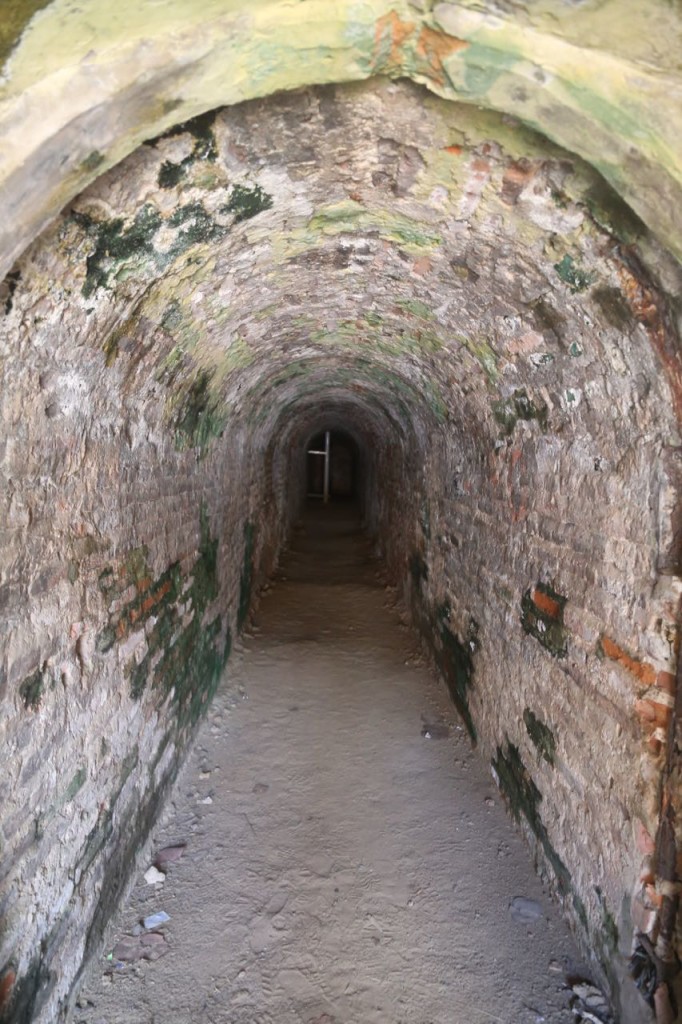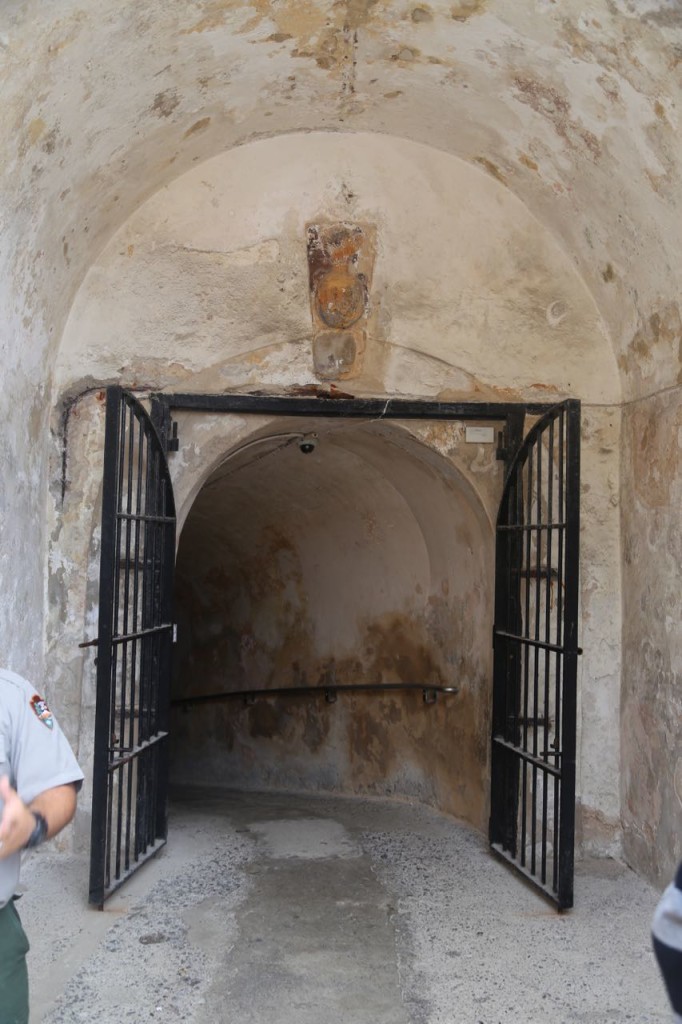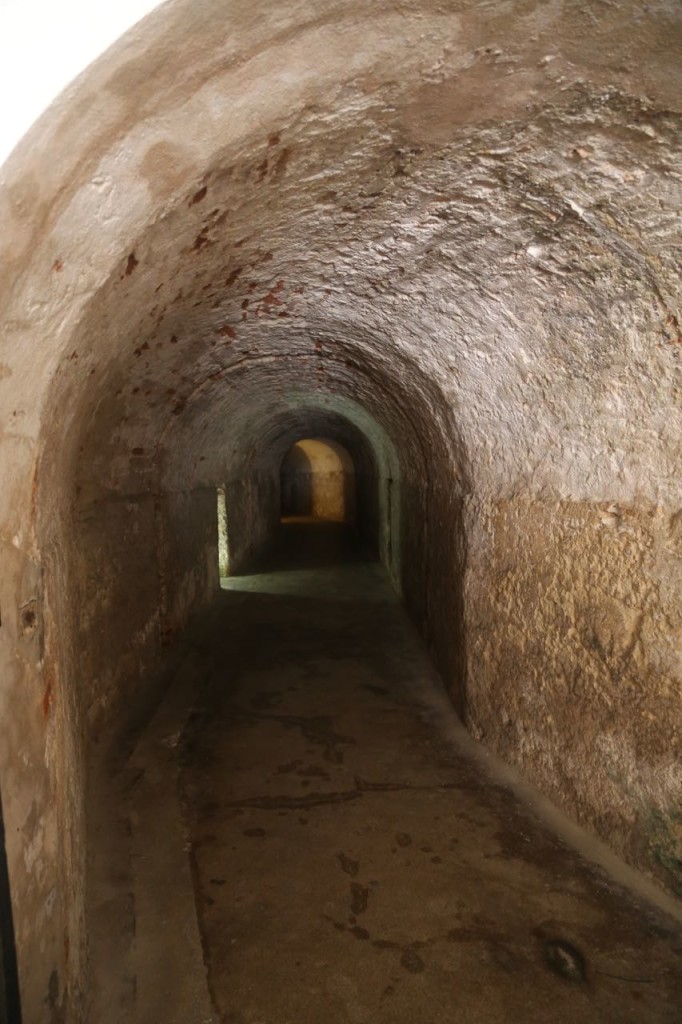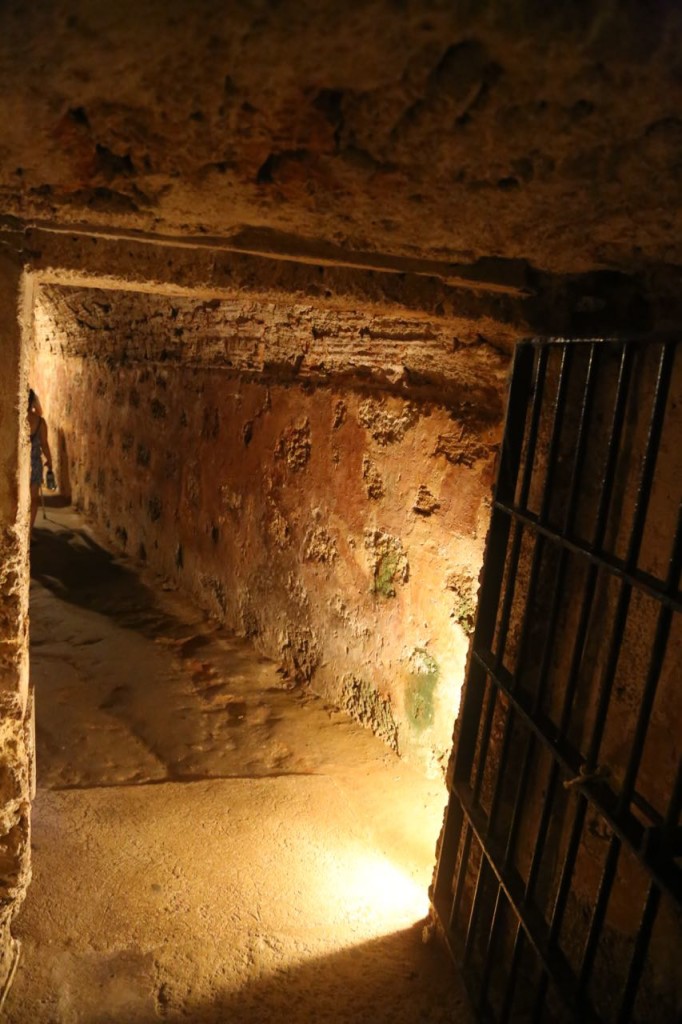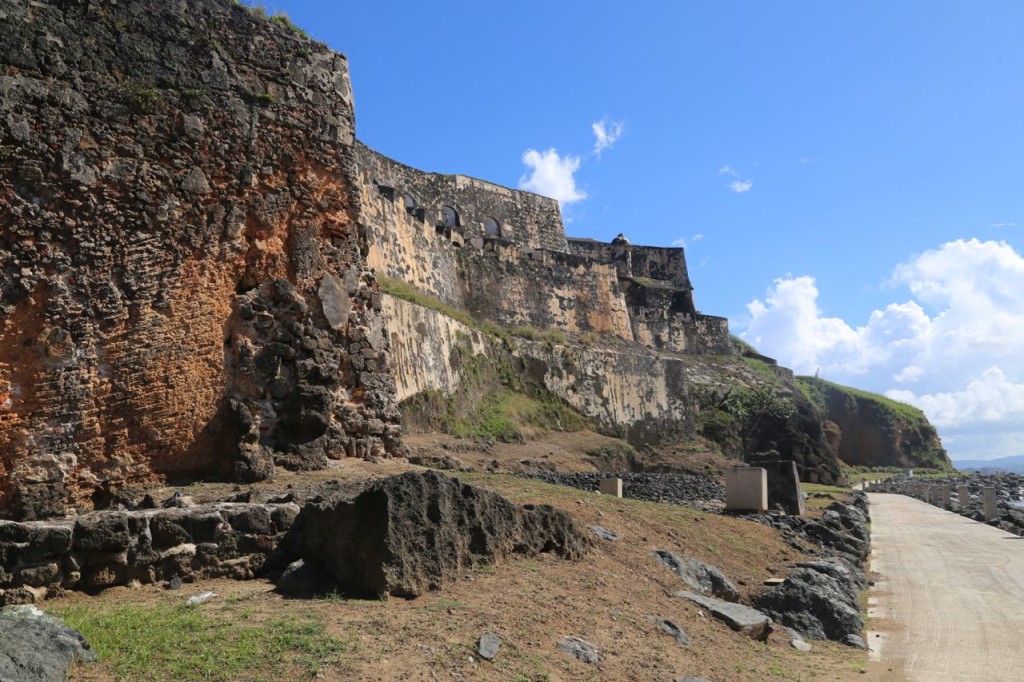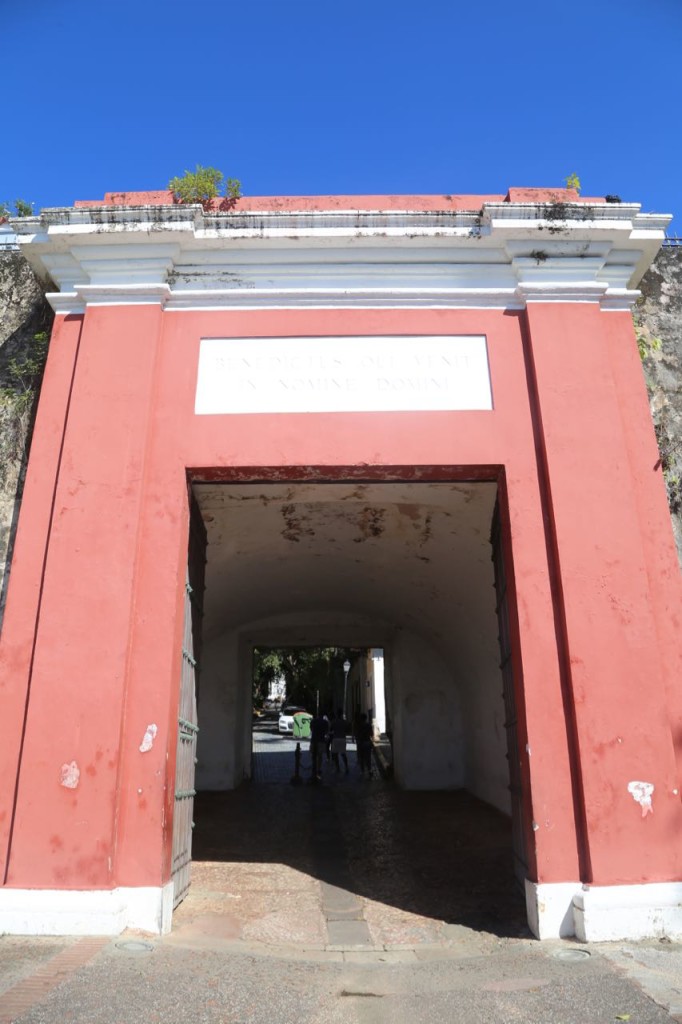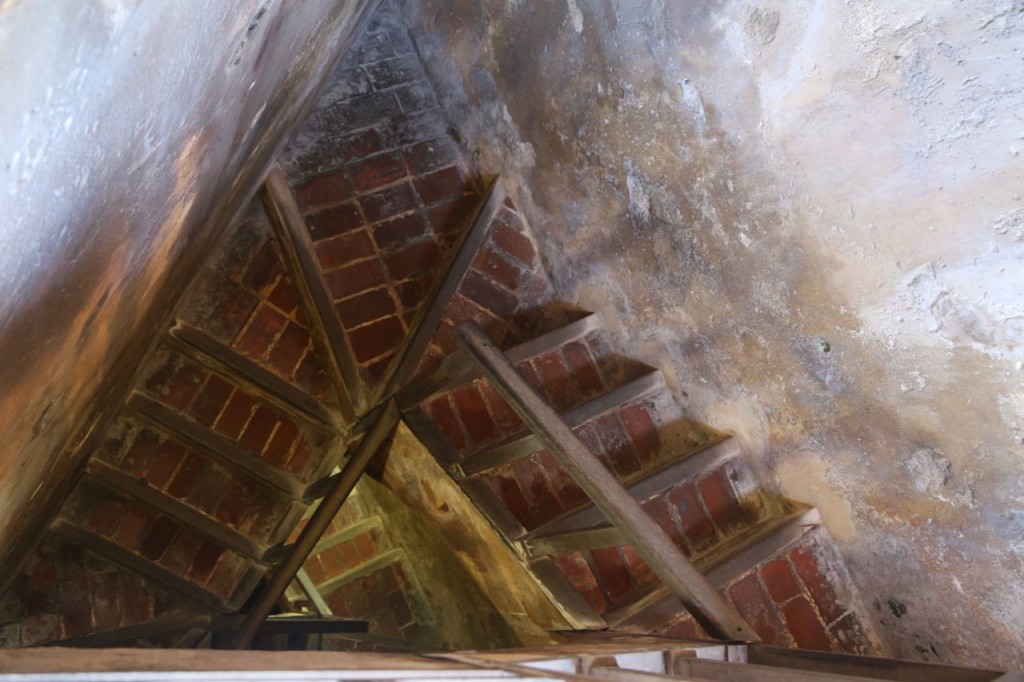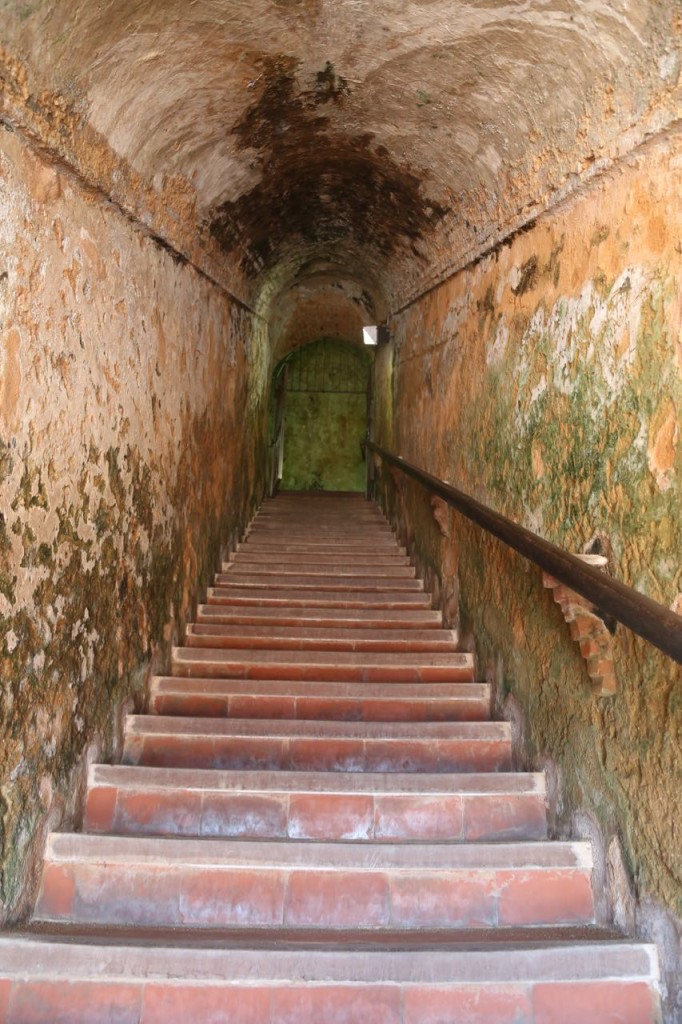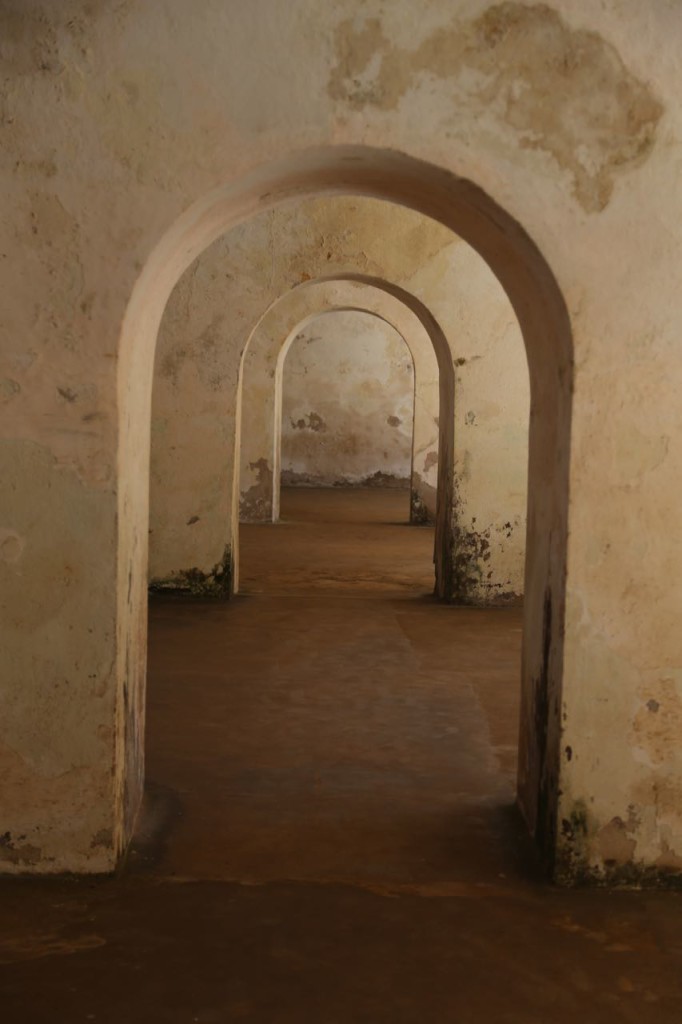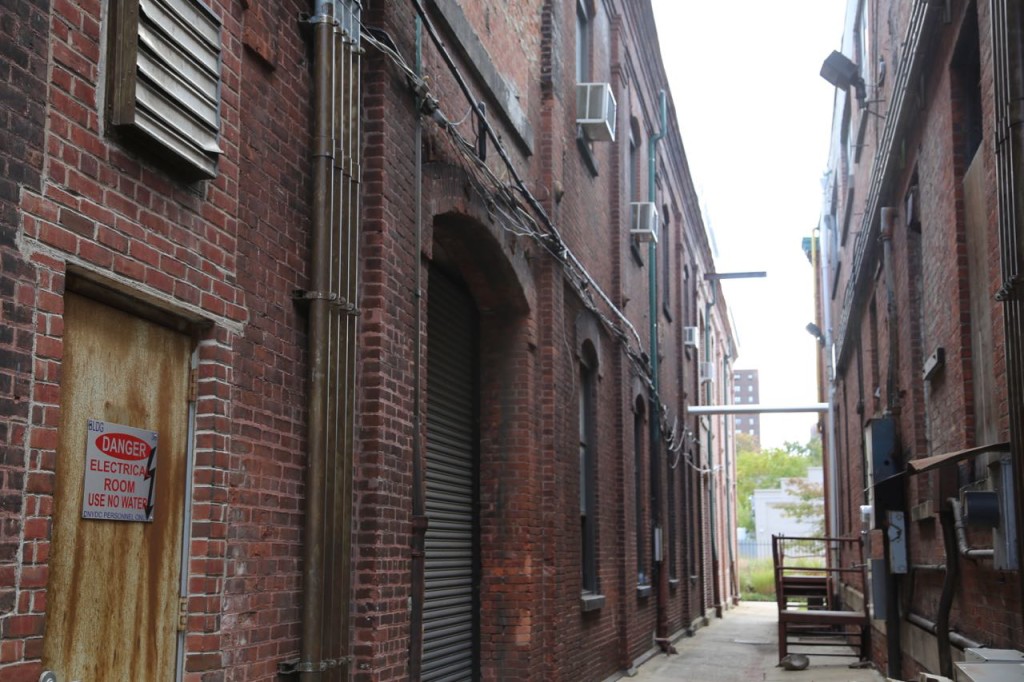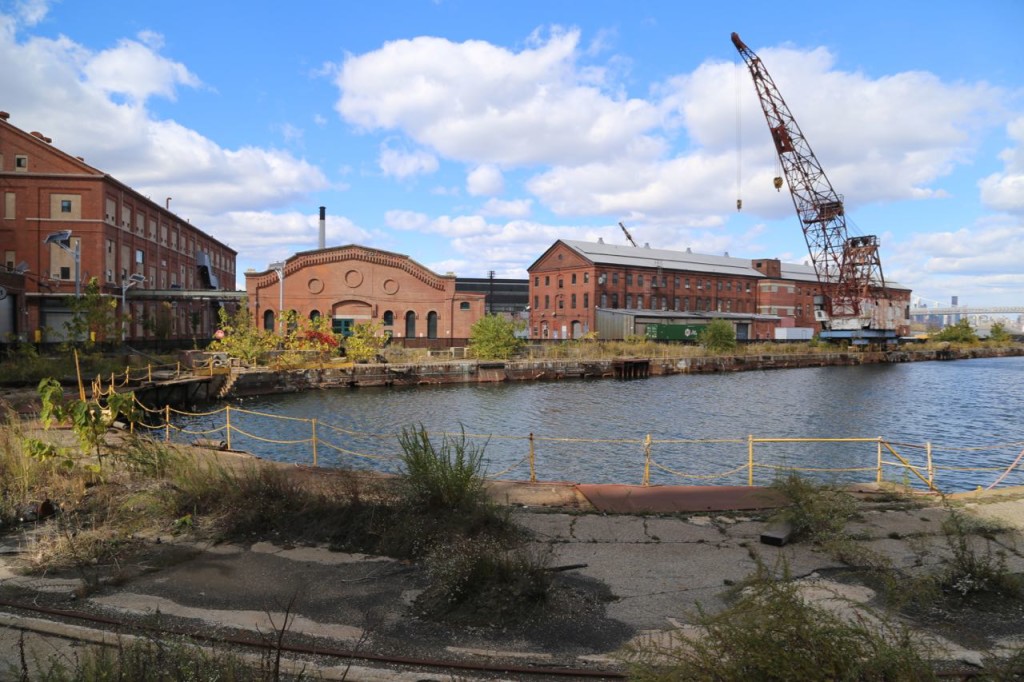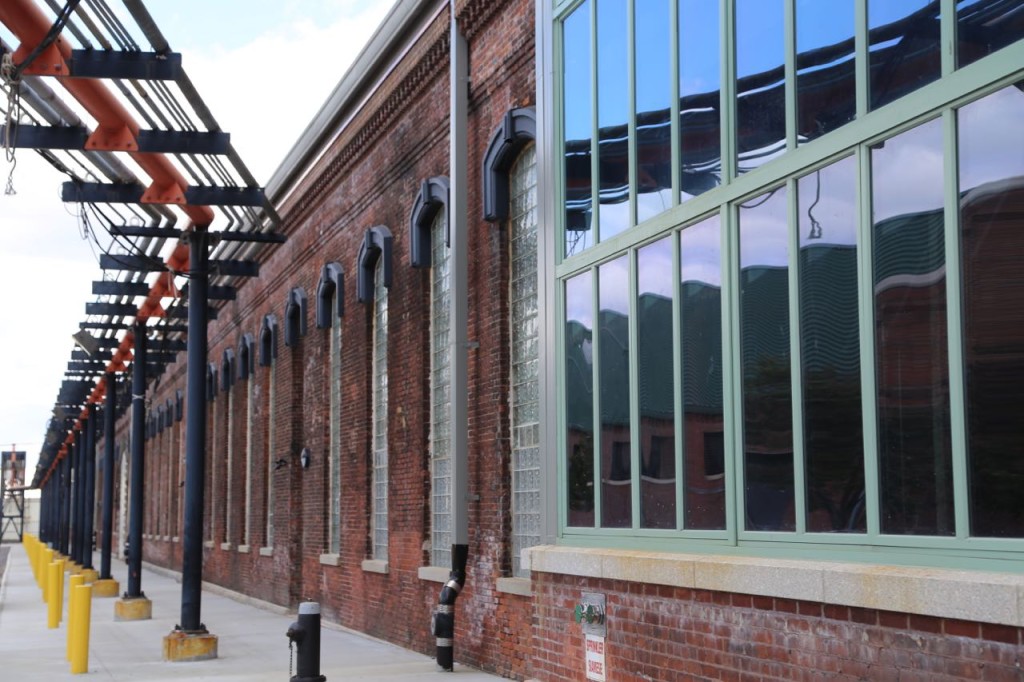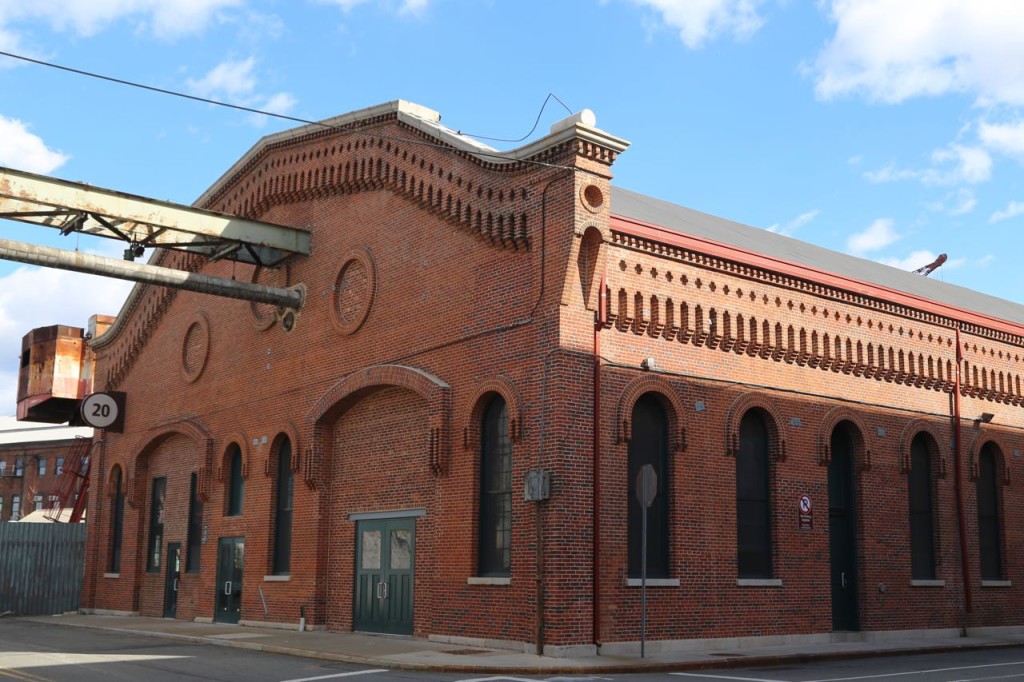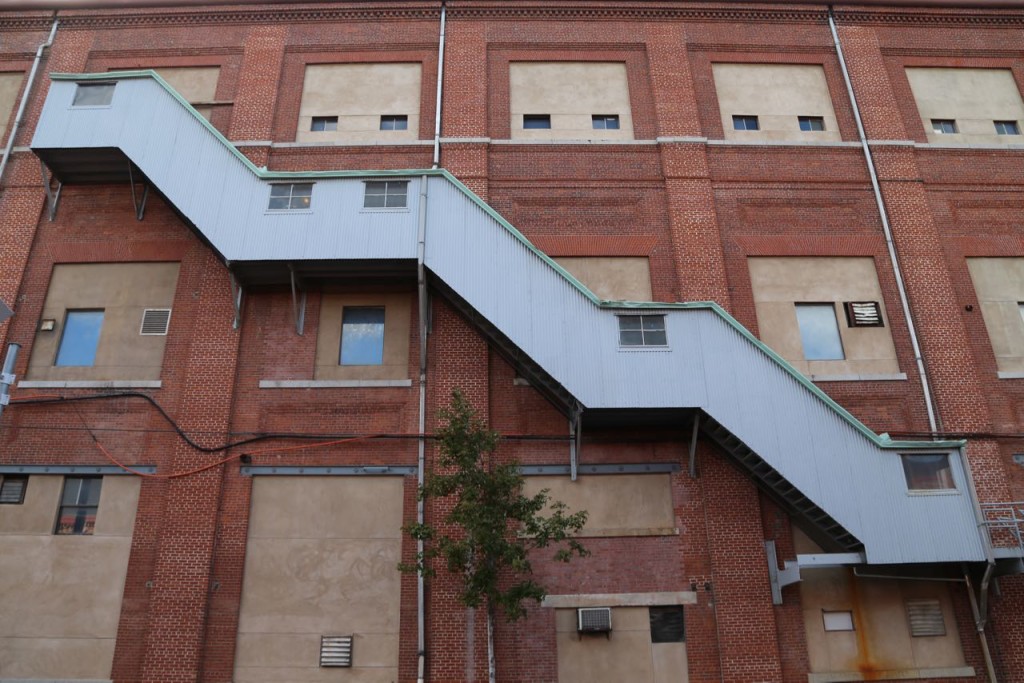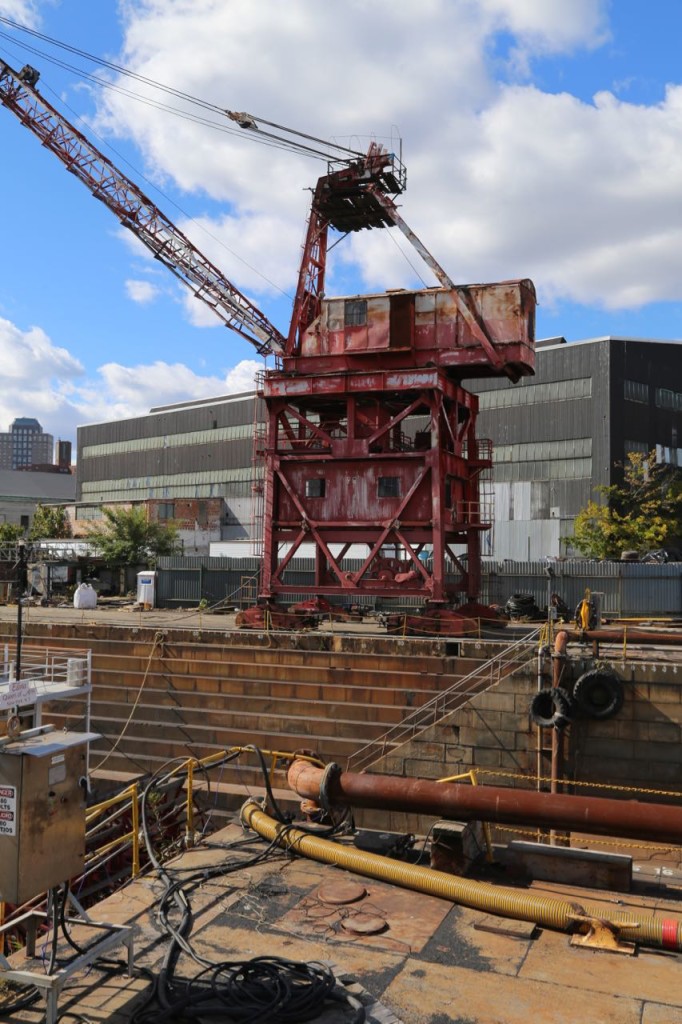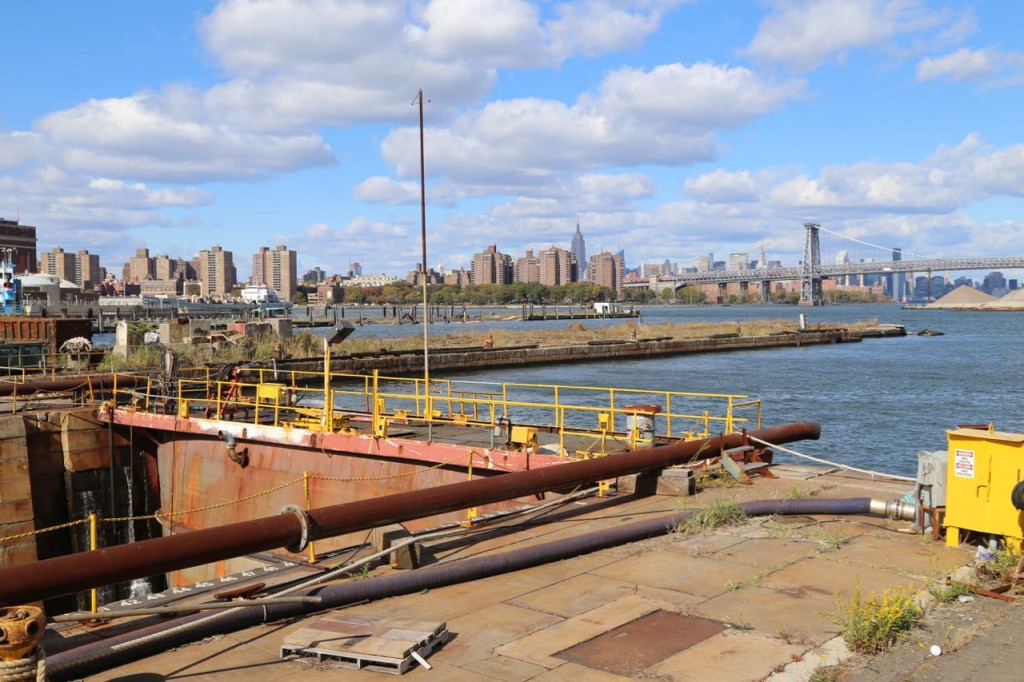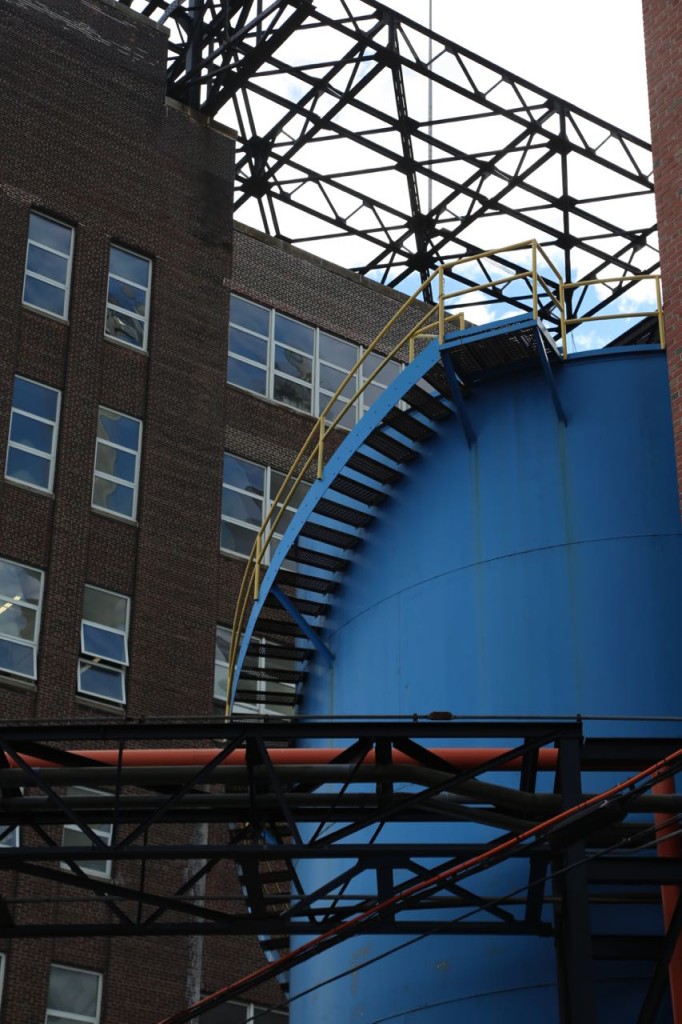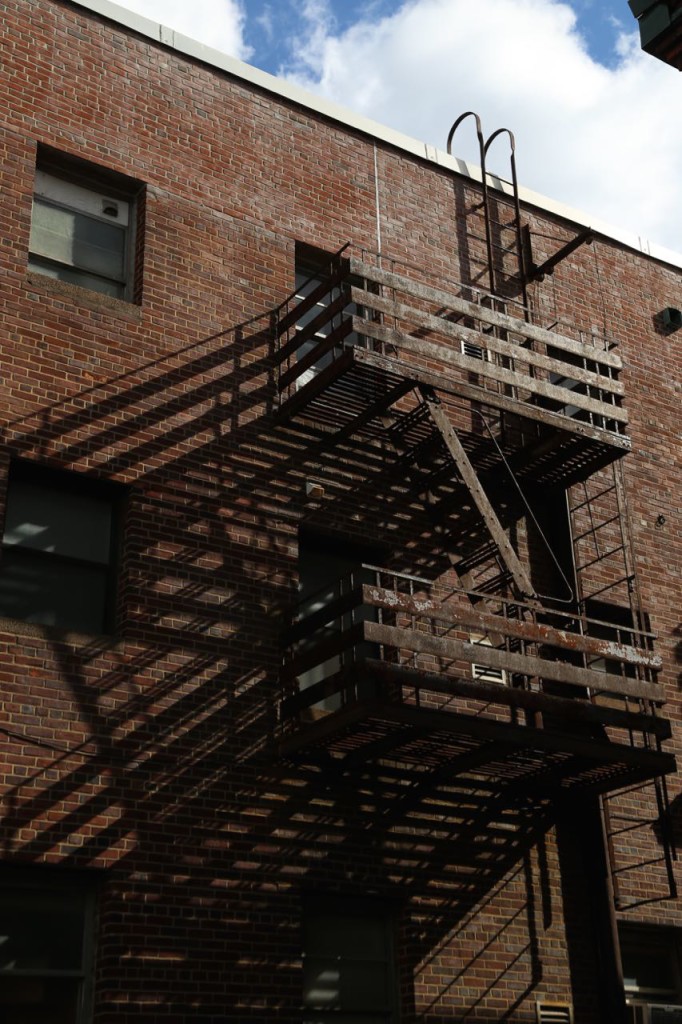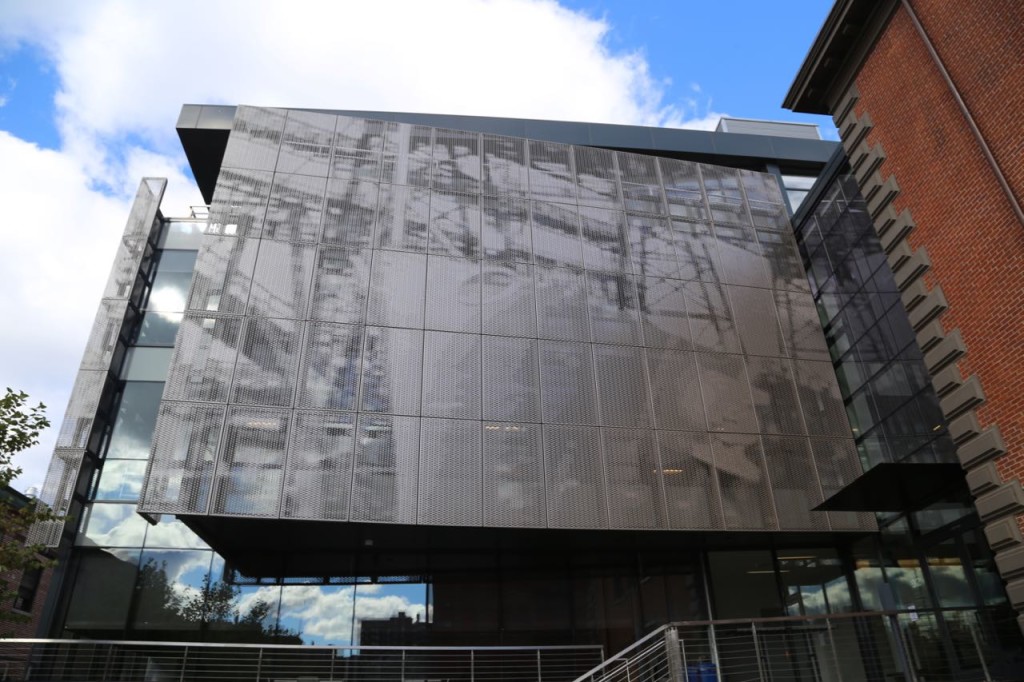I subscribe to my county’s weekly police report just in case there might be crime in my area I want to know about. I don’t live in a high crime area, so normally the police report is a bunch of car break-ins and drunks in the bar area of town. Today though I found this interesting report.
“MISSILE INTO AN OCCUPIED DWELLING, [location of incident]. On January 18 at approximately 6:51 p.m., a resident reported a known suspect threw a brick and rock into her residence, shattering two windows. [Suspect name] was arrested and charged with missile into an occupied dwelling, destruction of property, drunk in public and violation of protection order.”
What I found interesting is that legally speaking, a brick and/or a rock is considered a missile. To me this is another reason why rocket science should not be the go to science and engineering field for things that are hard. I hate the phrase “it’s not rocket science” with a passion. Rocket science is not that hard. It involves controlled combustion and trajectory. Missiles, a term which is generally used to mean a rocket that will cause destruction, is quite frankly easy. Science fields that are hard involve things that can’t be controlled near as easy as rockets, like biological systems, like fields trying to predict what stupid humans will do, like basic science where we are still trying to understand all the forces involved. You try doing an environmental and human health risk assessment on a hazardous waste site where toxicologists are unsure what level of exposure to a contaminant is acceptable, where you can’t be completely sure what humans will really be doing and for how long at a site, where people want to know they will be not be subject to undue risk for the next 70 years, and where you can’t be absolutely, completely positive just how much of each contaminant is there, but the polluters don’t want to clean up more than necessary. Then come talk to me about how hard rocket science is.
In summary, as evidenced by this police report, missiles are easy. Rockets are easy. Stop comparing things you think are hard to rocket science.

